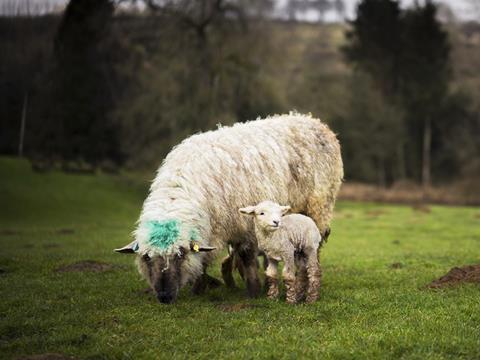
After falling to such low levels they sparked protests last year, UK lamb prices have increased in the run up to Easter - and are now above last year’s levels.
Farmers this week praised Aldi for being the only supermarket to commit to 100% UK-sourced lamb over Easter and urged other retailers to follow suit, arguing last year’s low prices were caused in part by supermarkets continuing to stock imported product despite an abundance of British lamb.
But UK lamb prices have rebounded from last summer’s lows, climbing sharply in January and reaching £4.27 per kilo in February before dipping slightly to £4.21 last month - up 1% year on year [Mintec].
The price recovery is partly due to the early Easter, which falls ahead of the British season, says Emma Jayne Smith, Mintec market analyst for proteins. “The seasonal peak for lamb consumption in the UK is typically in the month when Easter falls, with an average of almost 8,000 tonnes eaten,” she says. “Due to an increase in demand driven by retailers stocking up for Easter, UK lamb prices seasonally increase prior to the holiday.”
Lamb was already outperforming other meats at retail in recent months, and production from October to February was down year on year, says AHDB senior analyst Mark Kozlowski.
A sharp fall in the value of sterling so far this year has also contributed to firming prices for UK sheepmeat, of which about 40% is exported.
“Lamb prices tend to fall when sterling is up - and we have already seen an increase in lamb prices now sterling has fallen,” says Jean-Pierre Garnier, AHDB export manager.
The British lambing season will kick off in earnest next month, but prices for domestic product will remain relatively high until the new-born lambs have reached slaughter weight in the summer.







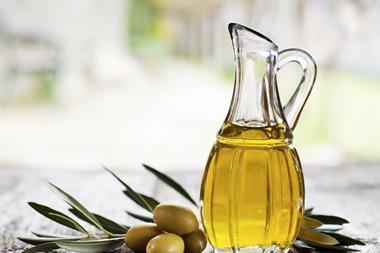
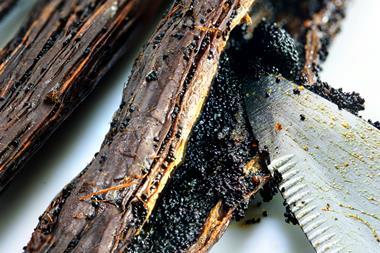

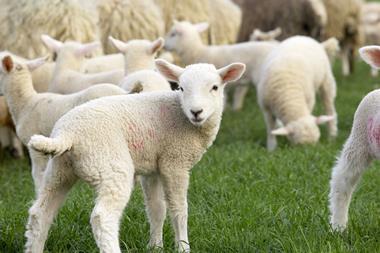

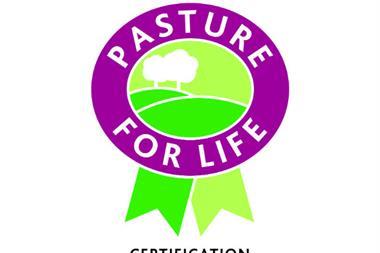






No comments yet